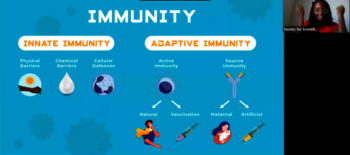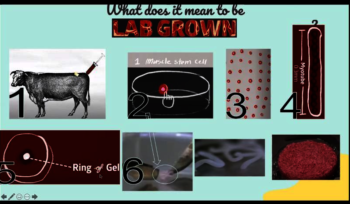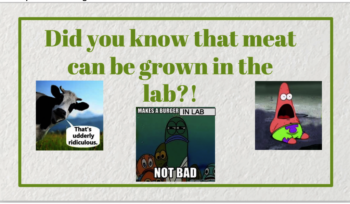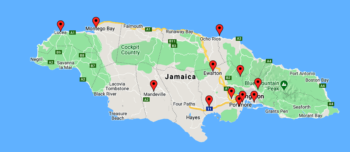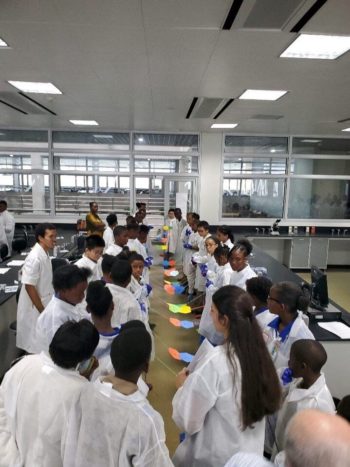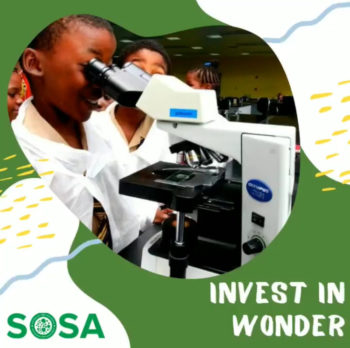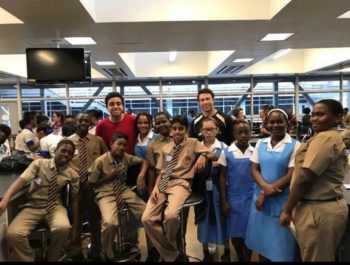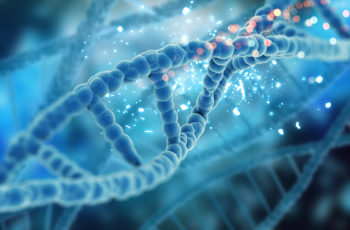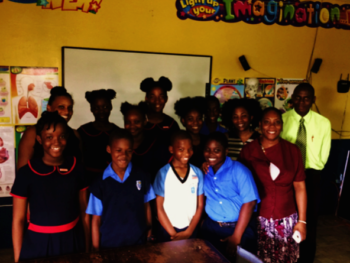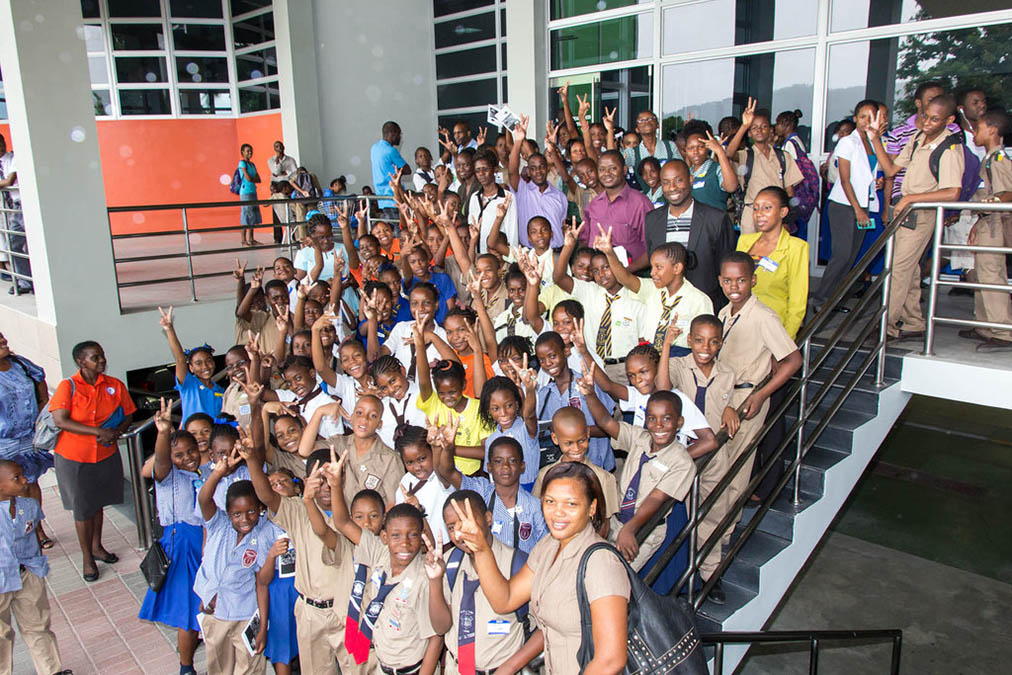
When SoSA first held our STEPS workshops last year, we had 91 students from 11 primary and secondary schools attending. Thanks to you our donors, we more than doubled that this year with 188 participants from 21 primary secondary schools. Students were hosted by a fantastic team of SoSA volunteers in an advanced Biochemistry Lab at the Faculty of Medical Sciences at UWI, Mona in Kingston, Jamaica.
What was the result? We were able to excite and inspire many students with science. For that, you should take a bow. Thank you!
What did we do with all these kids? Well, we introduced our primary students to the fact that there are tiny critters (organisms) living in water that we cannot see with our naked eyes. These youngsters learned how to use light microscopes to see these tiny creatures, and were excited to see them move and squirm.
Science impacts our everyday lives, and students were fascinated by chemical reactions generated by common household items, some of which were acids and other were bases. The properties (different pHs) of these everyday substances resulted in colour changes in test tubes. How delighted were we to see the excitement on the students faces!
Finally, a bit of physics! This last experiment even excited our volunteers – by rubbing a piece of cloth on a spoon, we used static electricity to separate a mixture of salt from black pepper. The pepper rose from the salt mixture – like magic!
Importantly, our volunteers helped the students to think about all these observations, tying them back to everyday life, ensuring it was a complete learning experience.
Our secondary level students were likewise eager to be part of STEPS. Did you know that you can extract DNA from bananas using salt and dishwashing liquid? Well, our high school students are now experts at that!
We didn’t think it was too early to introduce our students to forensics, and they responded brilliantly. We presented them with a challenge: based on blood and DNA evidence found at the scene of a robbery - which of the four suspects was likely to have been involved in the crime? They examined various stains under the microscope to determine which ones were blood stains.
The thief in question had torn his/her shirt while fleeing the scene, leaving behind pieces of their shirt and blood. The students worked with simulated blood to determine what the blood type of the thief was. When we asked “who did it?” The students then figured out which of the four accused could was the guilty party.
STEPS is a story of all kinds of community. The SoSA membership - passionate about the change that science can bring to every age group in society, determined to use our skills to have a positive impact on humanity. And you – through the GlobalGiving community, seeing value in the work that we are doing and choosing to invest in our project.
To enable these youngsters to bring STEPS back to their schools with even more pride, we gave each of our participants’ badges. They are our now science ambassadors, empowered to help others think differently about science.
We like to think of each of you as integral to their success. Let's all become science ambassadors!
We appreciate your support on GivingTuesday...Thanks all around!
Your SoSA Team.
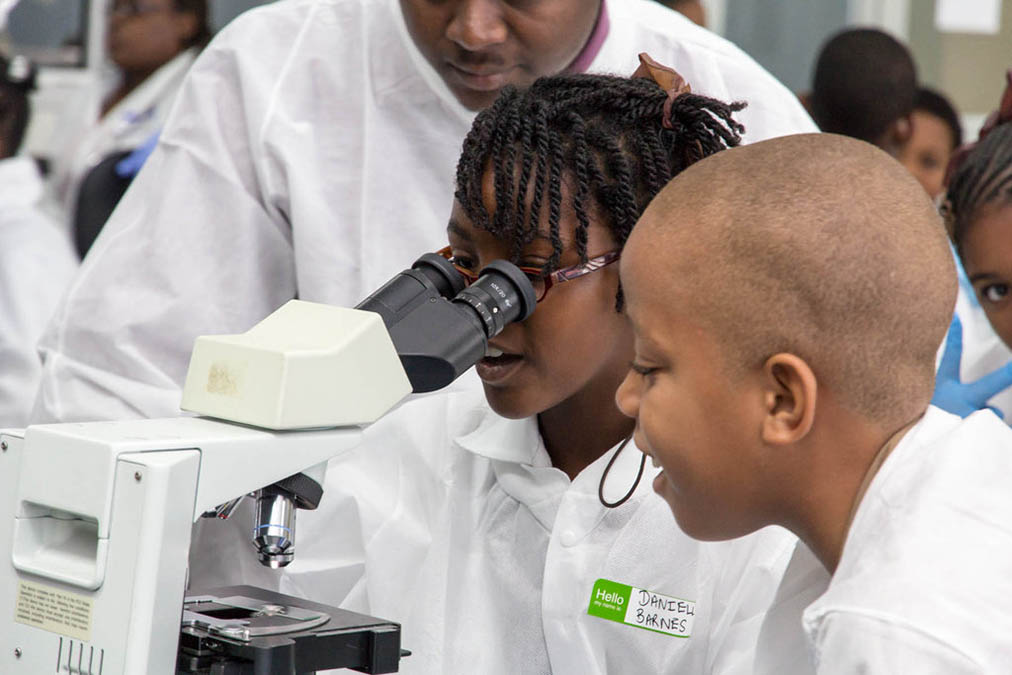
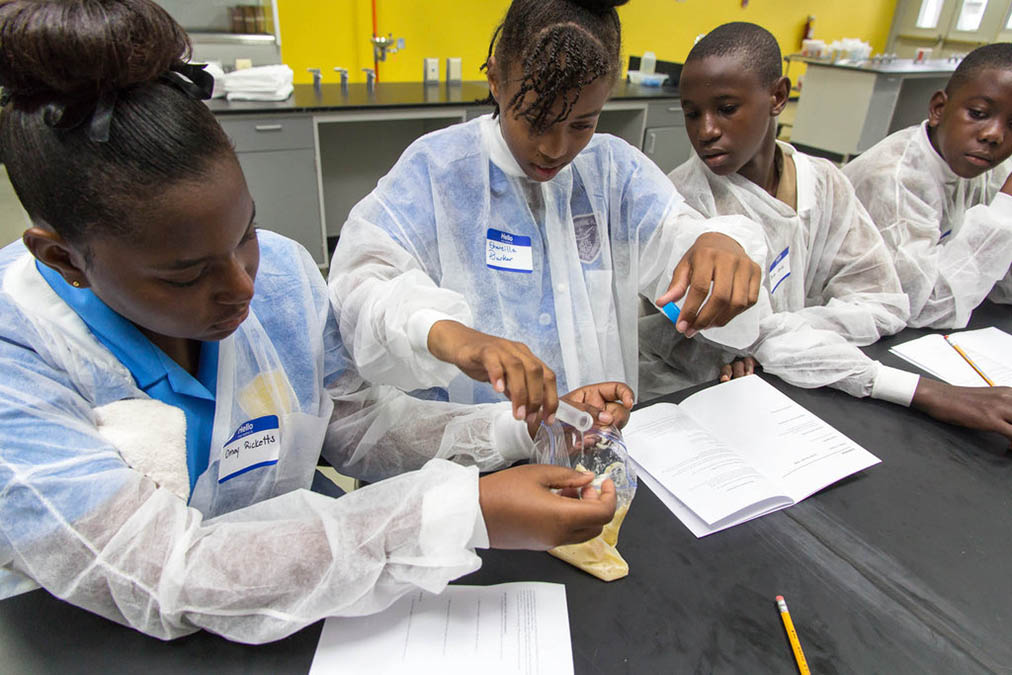
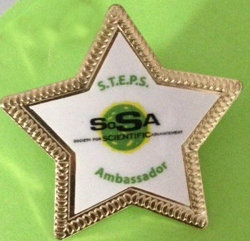
Source: www.globalgiving.org
